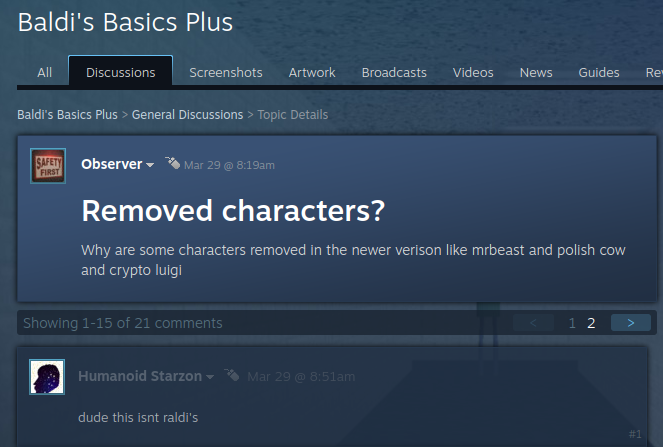Absolutely correct. You shouldn't go by one person on a forum. Especially with a sample size of 1. But my statement was based more on documents than just anecdotes.
I touched on some of these issues with specifically the power management and power delivery ic's. As for my original lengthy post (which definitely could have been more succinct), The discussion was what is the spec of the X1 itself, not the other components. Even if for some reason reason it is a binned chip. No one is stating that the spec of the SoC is 1ghz. Just from a manufacturing process, that's simply not the case.
Here are the data sheets of those chips: (M92T30, since as you said the datasheet for the M92T36 isn't available).
https://www.ti.com/product/BQ24193
http://rohmfs.rohm.com/en/products/databook/datasheet/ic/interface/usb_pd/bm92t30mwv-e.pdf
As for electromigration, while it is a real thing, it's more or less planned in the design of modern chips. It's tested using High-temperature operating life (HTOL), which, looking at the above spec sheets, those ICs are rated for much higher temps than they ever will be used in the switch. Using the same formula as used in the development of those same ICs, we can assume the life of the chips will actually be longer, even in an "overclocked" state.
See:
https://en.wikipedia.org/wiki/Electromigration
Also, I'm aware you don't disagree with my statement, just trying to give a more detailed answer, with sources. Instead of just being lengthy.
Sent from my ONEPLUS A6013 using Tapatalk





